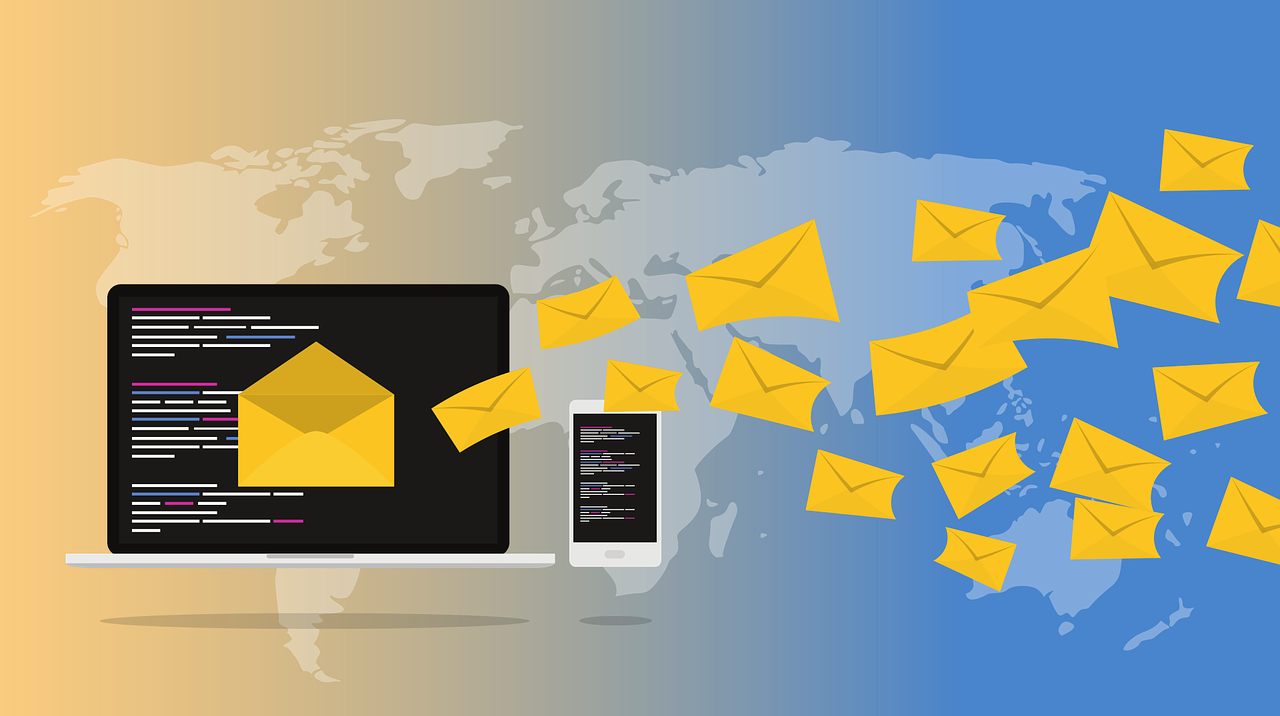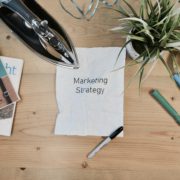Email marketing is crucial to the success of any business. With email marketing, you can strengthen your relationships with your existing customers and build relationships with new customers. According to Mckinsey, email is almost 40 times more effective than social media when it comes to acquiring customers:

Source: McKinsey
As a freelance photographer, you can use email newsletters to grow your business. But there’s an art to creating a great newsletter that will keep your customers coming back for more. Here are my top tips for freelance photographers looking to create or improve their email newsletters:
Give Them A Reason To Opt-In
Before you can create a successful newsletter, you need people to sign up to receive it. Building your email list is crucial. You should include a sign-up form prominently on your business website. But that might not be enough by itself.
The best way to encourage people to opt-in? Give them an incentive to do so! A freebie you exchange for an email address is called a lead magnet. You might offer a free downloadable ebook on photography trends, some exclusive images they can use for free, or a checklist for taking better pictures.
Almost anything can be a lead magnet, but your offer should be of value to your website visitors. Since we can assume they’re on your website because they are interested in photography, then your offer must be something related to photography. Think about your typical audience, and get creative!
Once people start opting in to receive your newsletter, use an email finder to validate the email addresses you’ve collected. Your sender score will be adversely affected if too many of your emails bounce, and verifying email addresses before sending is a simple way to avoid this problem.
Determine Your Goal (and Stick To It)
Your newsletter content should be determined by your business goals. For example, you might be aiming to increase your social media following, drive sales of portrait sessions, or encourage budding photographers to sign up for your online photography course.
Define your goal, write it down, and keep it front and center as you create your newsletter content. Scrutinize every piece of content. Does it further that goal? If not, remove it.
If you have conflicting or unclear goals, your newsletter will end up sharing mixed messages or vague content. If your subscribers find your communications inconsistent or irrelevant, they’ll soon opt-out of receiving them altogether.
Write a Catchy Email Subject Line
You need to put some thought into your email newsletter subject lines. The subject line is the first thing your subscribers will see in their inbox. If it does not grab their attention they won’t even bother to open your email.
It’s not too difficult to create a catchy email subject line. Here are my top tips:
- Generate just enough mystery to make them want to learn more.
- Keep your language informal, fun, and casual. Write as you would to a friend
- Personalize with your subscriber’s name. According to Campaign Monitor, emails with personalized subject lines are 26% more likely to be opened!
If in doubt, you can try out different subject line combinations and A/B test them. Which format sees the highest open rate and engagement? Put yourself in the shoes of your subscribers, think outside the box, and track your results.
Use Intuitive Newsletter Templates
Email newsletter templates are as important as your content. Intuitively designed email templates can nurture the leads, increase engagement, and help you bring in new subscribers as well.
Many email newsletter templates builders are available out there. You can consider those tools to help you streamline the process with responsive designs. However, you have to consider the brand image and follow the style.
Generally, a newsletter template contains the following components.
- Pre-header
- Template (where you add logo, content, videos, images)
- Call to Action (CTA) Button
- Footer
Create a Killer Opening Line
Once you’ve enticed your subscribers to open your email, it’s time to hook them with a fantastic opening line.
Your opening line needs to make enough of an impression that your recipients will want to read through the entire newsletter. They are busy people and do not have time to read every email that lands in their inboxes. A boring opening line will ensure they read no further.
Here are a few tips you might use to write a great opening line:
- Greet the subscriber by name.
- Get to the point straight away – leave out all the preamble.
- Offer them something of value straight away.
- Utilize a shared experience by talking directly to them (“I noticed that you…” or “we both…” are great examples of what I mean by this).
As with your subject line, it might take you some time to get your opening line formula perfected. Don’t be afraid to try things out and test a few different ideas. Remember to monitor your results so you can see what works.
Give Relevant Content
Your subscribers want to receive your newsletter for one reason: to receive content that is useful and relevant to them. Since they were browsing your photography website, it’s safe to assume they want content about photography. But that’s not specific enough. You need to learn exactly what your subscribers want.
The best way to learn what they want? Ask them! Ideally, you would then segment your audience and send them only the content they have asked for. Envato Tuts asks people at the point of sign-up what types of content they’d like to receive:

Does segmenting your audience and creating different content for each group sound like a lot of extra work? Well, it is – but it’s worth it! The extra effort you put in will ensure every subscriber receives relevant content, keeping them happy and preventing them from clicking the dreaded “unsubscribe” button.
Tell A Story
So you’ve determined what type of content your audience wants. Great! Now it’s time to create that content.
Remember that your subscribers want content that is relevant, interesting, and actionable. The best way to give them that? Tell a story in each email newsletter.
Steve Jobs famously said, “The most powerful person in the world is the storyteller. The storyteller sets the vision, values, and an agenda of an entire generation to come”.
Of course, the words you write are important and you should put lots of effort into making it as good as it can be. But why stop at just words? Since photography is what you do best, you should include images, too. Include at least one or two of your original photographs in each newsletter to illustrate the story you’re telling. If they’re relevant, you can also create visuals such as graphs, charts, tables, or infographics to help explain concepts or flesh out your story, too.
End With A Compelling CTA
Remember that goal you defined earlier for your newsletter? That goal should be reflected in your call to action (CTA). Your CTA is your final instruction to your reader. What do you want them to do? For example, if your goal was to encourage more customers to sign up for a photo shoot, your CTA might be “Email now to book a free consultation!”
The CTA needs to be clear and compelling. If it is vague or weak, your subscriber will simply close your email and forget about it. A great CTA should have the following characteristics to be effective:
- It should include active verbs.
- It should provoke emotion or enthusiasm.
- It should take advantage of the fear of missing out (FOMO) by creating a sense of immediacy and urgency.
Once you’ve come up with several possible options for your CTA, test them out one by one and see which yields the best results.
Wrapping Up
Email marketing is not just for large companies with huge marketing budgets. In fact, freelance photographers can and should take advantage of email newsletters to acquire customers and build relationships with existing clients.
But there is a right and wrong way to create an email newsletter. It’s about being goal-centered, strategic, and customer-focused. In other words, providing relevant content that fulfills your audience’s needs while furthering your business goals.
If you follow these tips I’ve given you, you’ll be well on your way to creating a great email newsletter. Building your subscriber base and creating a newsletter they’ll love takes time and effort, but if you stick with it, you’ll soon start to reap the benefits.


